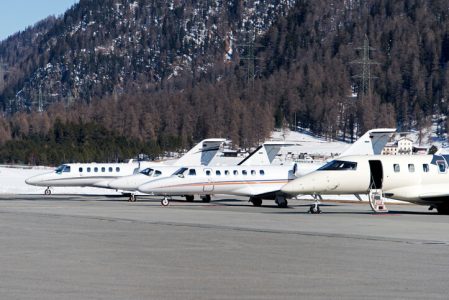SMS aviation programs can better help keep business operations safe
I may have an idea why business SMS Aviation Programs and ASAP reporting are lagging behind airlines and general aviation. That’s not to say that these programs are unsuccessful. However, there may be specific reasons for the differences in participation, and these reasons might be worth looking into.
A few years ago, I had a corporate flying job that illustrates the often “secretive” nature of business aviation. We would board our passengers in a remote hangar; clients never saw the inside of the FBO at our home airport. Our flights were blocked online and wholly untraceable, even by company employees. We also used a Dotcom callsign so nobody knew we were coming or going.
My boss did not want to be found or followed. It was a lot of work to conceal our identity, yet I’m sure my boss wasn’t the only eccentric business aviation CEO. It’s probably more common to fly “under the radar” than to get in the plane and go with all eyes watching.
With that in mind, I’m trying to envision a circumstance where my boss would want me to publicly report some blunder or mishap to a national registry, regardless of whether it was anonymous or for the good of the flying public. I wonder if other business aviation operators share the same issue with their management. Maybe they run into resistance from legal departments and are prohibited from participating due to liability or the nature of the safety report. Perhaps they are embarrassed.
Either way, business aviation operators report fewer flying blunders than other aviation segments, but their experiences are as important as any other pilot group out there.
Safety Reporting
Safety reporting in aviation has been around for a long time. NASA’s Aviation Safety Reporting System has been our best friend since the 1970s. The modern-day Safety Management System (SMS) and other voluntary safety reporting programs are game-changers, but only if operators are comfortable using them. NASA has received over 1.8 million safety reports since its inception.
SMS is like NASA’s reporting, except it works within a specific company. Employees may report any safety issues so they can be reviewed, addressed, and shared to prevent a similar incident from occurring elsewhere.
Airlines have been successful at reporting and sharing, but again, business operators are not on the same level regarding SMS openness. Corporate aviation departments are very willing to read the reports from other operators but remain hesitant to share their own.
That’s unfortunate because SMS service providers have been doing a great job sharing information among their userbase. Disseminating information allows operators to discuss improvements and create industry best practices based on individual operator experiences. This knowledge transfer has been increasing across the industry and will undoubtedly lead to safer skies. We need to continue the effort to increase SMS aviation programs and convince business operators of their value.










